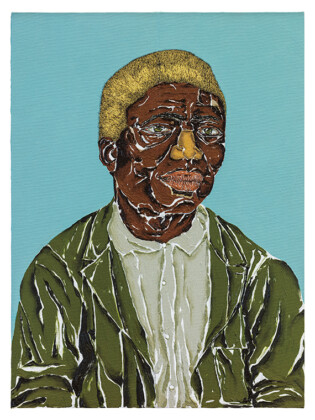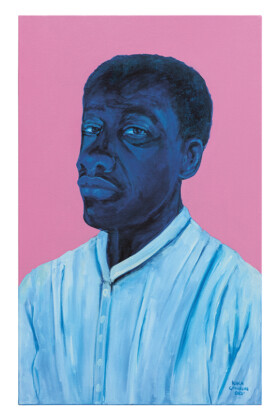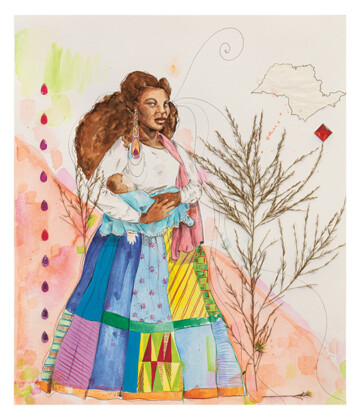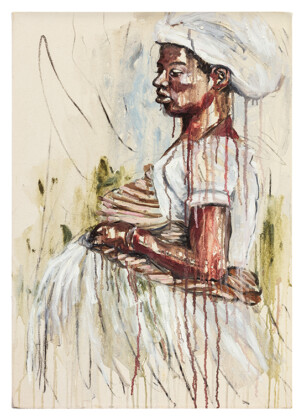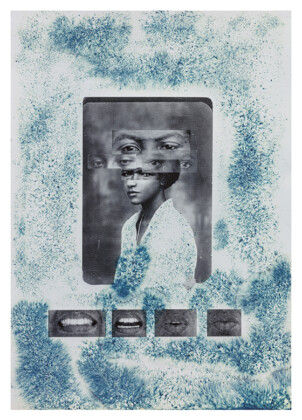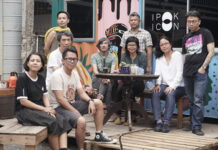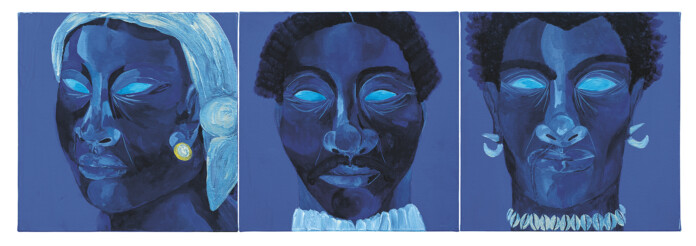
*Por Tiago Gualberto
Many will remember the encyclopedias composed of dozens of volumes and many kilos elegantly arranged on the highest point of the room’s bookcase. In addition to an investment in their children’s education, book collection was often interpreted as a sign of good financial condition and an appreciation for knowledge. An object that should be transmitted from generation to generation and consulted by the whole family and even by neighbors and schoolmates. The prints in golden letters on wide spines reinforced its importance and that of its contents. A source of unquestionable information and knowledge and a guarantee of good grades.
Part of the new generations used to Google’s search engine and so many other online platforms available on the internet may be unaware of the role encyclopedias and their Enlightenment tradition played in our way of interpreting the world and knowledge. By bringing together intellectuals and thinkers from the most varied fields such as philosophy, arts, economics, science, politics, among others, the French Enlightenment movement aimed to challenge the obstacles to freedom of thought and expression from the 18th century onwards. It is one of the most efficient Western tools for sharing accumulated knowledge and for formulating a social organization guided by the lighthouse, by the light of reason.
However, we will not need abundant examples to recognize the weaknesses and abuse committed in the name of this project of access to universal knowledge through “enlightenment” over the last few centuries. For now, just remember the hundreds of pictures that illustrated any encyclopedia of luxurious cover, sometimes sold door to door. Hundreds of white men, Europeans and Americans and their great achievements for “humanity”. A few decades ago, copying the contents of these encyclopedias and their indisputable stories were part of a school agenda based on reproduction at the expense of learning.
In this context, prior to the online sales market, bookstores were spaces of intimidation for a wide range of the Brazilian population who historically saw themselves included on their shelves only as research objects. One of the reasons for the success of old encyclopedia sellers.

The book Enciclopédia Negra, by the historian Flávio dos Santos Gomes, the visual artist Jaime Lauriano and the anthropologist Lilia Moritz Schwarcz, published in March 2021 by Companhia das Letras, presents itself as an alternative to confronting the structural racism present in far-reaching reference materials. It is a survey on the contribution and history of important black personalities in Brazil over the last 400 years, focusing on the broad period of slavery and post-abolition. Based on a collective investigation, marked by the collaboration of different researchers and specialists, the publication brings together 416 biographical entries, individual and collective, based on the Afro-Atlantic experience of around 550 deceased characters. For the authors, “If the criterion for being included in this book was death, the objective is life.”
However, these numbers should not be considered as representative of the scope and diversity of these stories present in Enciclopedia Negra. Instead, the book refuses the use of statistics in favor of affirming the singularities of these characters, highlighting the protagonism through the nomination, recognition of deeds, the updating of the social value and complexity of these actors’ lives in view of the conditions of the Brazilian past and present. The result is an organized, non-exhaustive narrative capable of circulating throughout all regions of the country, affirming an attention to the memory of LGBTQI+ women and people rarely present in publications dedicated to celebrating contributions to the formation of our society.
In this sense, in addition to confronting the colonial historiography responsible for denying visibility to the contributions of black people, the book plays an important role in the re-presentation, organization and dissemination of information usually kept in research centers, libraries and specialized centers. It is about offering this knowledge beyond the university spectrum. Researchers, teachers, students of different ages will find in the Enciclopédia Negra material that is easy to access and handle, in addition to indications of research references integrated into the entries.
For this, the authors are nourished by the fruits of social movements and the pioneering spirit of the intellectual achievements of different generations of black historians, social scientists, artists and researchers. Among the numerous predecessor publications used as a reference for Enciclopédia Negra, Fala, crioulo: depoimentos (1982), by Haroldo Costa, stands out, in which we have access to interviews with names such as Pelé and actor Milton Gonçalves, but also with anonymous characters, housewives, sweepers and hairdressers, sharing their trajectories and perspectives on Brazilian racism. In another significant example, A Mão Afro-Brasileira (1988), a book organized by the plastic artist and director of the Afro Brasil Museum Emanoel Araujo, we find black protagonism in the visual arts, dance, music, poetry and literature of several generations. Among many other titles, Quem é Quem na Negritude Brasileira (1998), by professor and poet Eduardo de Oliveira, and the Dicionário da Escravidão Negra no Brasil (2004), organized by Clóvis Moura and Soraya Silva Moura, form, alongside the researches and publications by Nei Lopes, Oswaldo de Camargo, Conceição Evaristo, Fernanda Miranda, Lélia Gonzalez, ways to understand the contributions developed from Africa and its diaspora, the impacts of colonialism and the impossibility of understanding the world without this knowledge.
Therefore, Enciclopédia Negra, in dialogue with these intellectual achievements, is not restricted to approaches that associate black participation in Brazilian history with the economic cycles of sugar, mining and coffee during the period of slavery. Nor does it privilege prejudiced narratives that reduce black insurrections to simple rebellion. Added to the authors’ own experience in relation to studies on slavery, post-abolition and reconstruction of black profiles, trajectories and biographies, the book presents sensitivity in the compilation of this multiplicity of references observed here and that, in large part, in other publications on the subject, are observed only in the midst of censorship, inattention and negligence. This situation can, unfortunately, be observed in the restricted selection of authors present in the catalogs of major publishers dedicated only to responding to the demands for materials after the enactment of Law 10.639, of 2003, which makes the teaching of Afro-Brazilian history and culture mandatory in schools.
Thus, the entries about singular and collective characters that describe both individualized and community experiences present themselves as gateways to different philosophies, religiosities, bodily practices, technologies, activism, mobilizations and entrepreneurships. They also seek to describe the daily battles and daily life of each period, as well as its limitations, complexities and contradictions. Soon, Chica da Silva, Madame Satã, Abdias do Nascimento, Anastácia, Geraldo Filme and Heitor dos Prazeres share narratives alongside Claudia Ferreira, Robson Cruz, Rosalina, Francisca Luiz and many other illustrious unknowns.
The exhibition
In this effort to change the imagination of Brazilians on the subject the realization of the Enciclopédia Negra project includes the assembly of the exhibition of the same title at the Pinacoteca do Estado de São Paulo museum. The Enciclopédia Negra exhibition, opened to the public from May 1, 2021, features 103 works by 36 contemporary artists. Among the three exhibition rooms, visitors can see mostly two-dimensional works, of small and medium format, including paintings, drawings, watercolors and objects authored by artists Amilton Santos, Antonio Obá, Andressa Monique, Arjan Martins, Ayrson Heráclito, Bruno Baptistelli, Castiel Vitorino, Dalton Paula, Daniel Lima, Desali, Elian Almeida, Hariel Revignet, Heloisa Hariadne, Igi Ayedun, Jackeline Romio, Jaime Lauriano, Juliana dos Santos, Kerolayne Kemblim, Kika Carvalho, Lidia Lisboa, Marcelo D’Salete, Mariana Rodrigues, Micaela Cyrino, Michel Cena, Moisés Patricio, Mônica Ventura, Mulambö, Nadia Taquary, Nathalia Ferreira, Oga Mendonça, Panmela Castro, Rebeca Carapiá, Renata Felinto, Rodrigo Bueno, Sonia Gomes and Tiago Sant’Ana.
Although all the commissioned works are not included in the publication, as only one work by each of the 36 artists is present in the image book of the Enciclopédia Negra, the set stands out as a collective portrait of the various propositions and attempts to compose an institutional presence of the black in the arts. Therefore, the donation of these works, mostly figurative portraits of the biographed characters, constitutes an intervention in search of representation.
Therefore, by recovering lives marked by death, the book Enciclopédia Negra aims to extrapolate the view of blacks as synonymous with enslaved, subaltern, where racism constitutes a mechanism for refusing their humanity and legitimizing their exploitation and extermination, both physical , political and symbolic. Philosopher and professor Achille Mbembe informs us that the recognition and repair of this violence takes place as we deconstruct colonial thinking and begin to identify black people in their universal, human and multiple dimension, far from a categorical dimension, responsible for the yoke that keeps black bodies as commodities. So it must be said: Black Lives Matter!
Leia em português, clique aqui.


